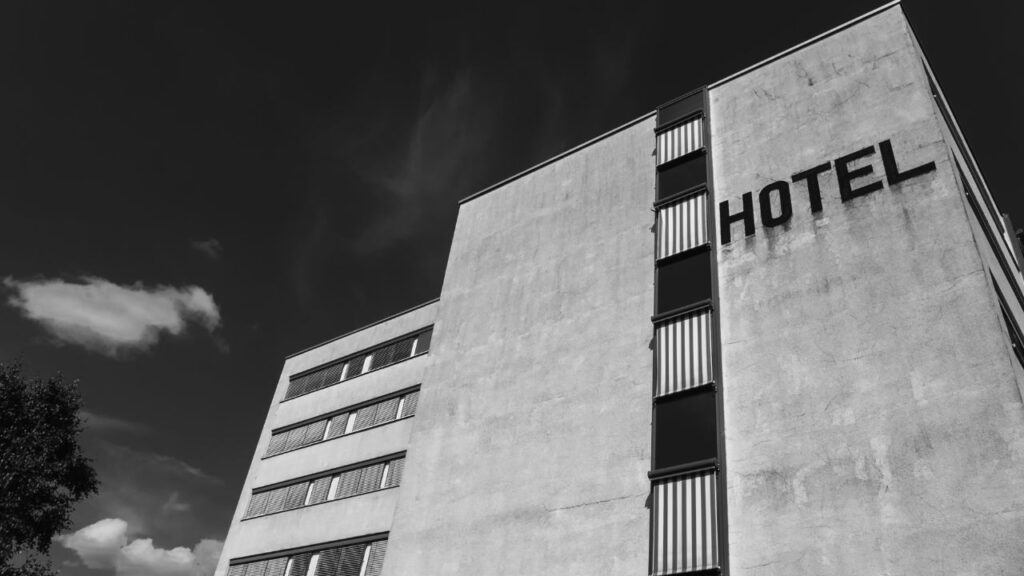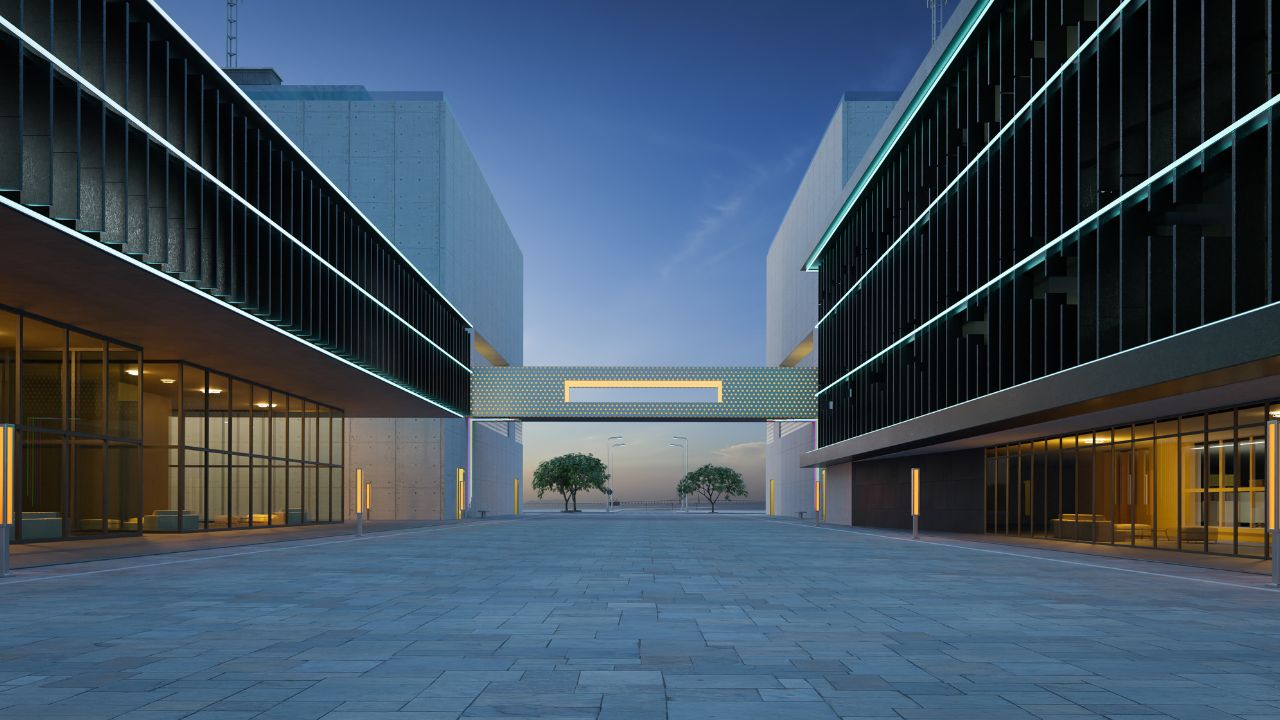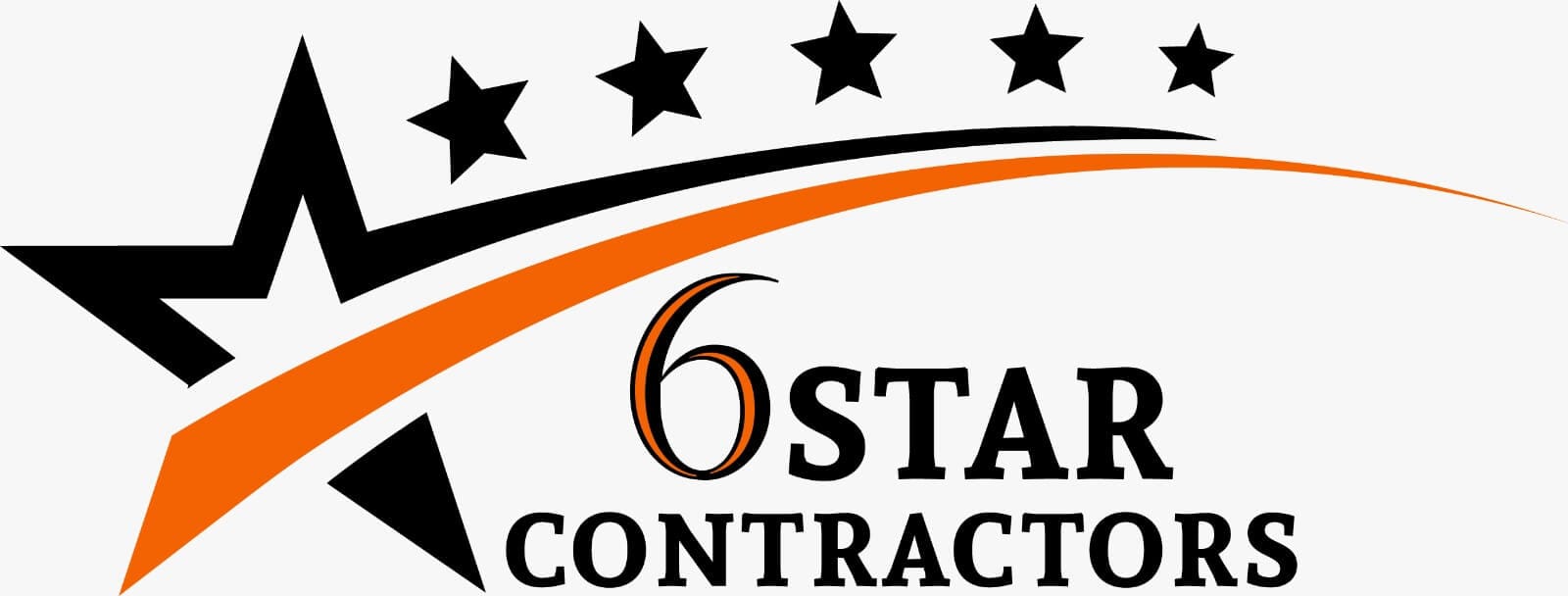Bid Strong, Bid Smart – Try Our Concrete Cost Estimating Service!
- Accurancy
- Efficiency
- Transparency
- Customization
- Time Saving
- Professionalism
- Cost Control

Constructing a hotel involves a myriad of considerations, and one of the pivotal aspects is the cost associated with the construction of concrete walls. The walls of a hotel not only serve as the primary structural elements but also play a significant role in defining the aesthetics, durability, and overall appeal of the building. In this article, we delve into the various factors influencing the cost of concrete walls in hotel construction, offering insights into the key considerations for developers, architects, and project managers.

Concrete walls form the fundamental building blocks of a hotel’s structure, providing essential support and delineating the internal and external spaces. Beyond their structural role, these walls contribute to the thermal and acoustic insulation of the building, ensuring a comfortable and soundproof environment for guests. In the context of hotel construction, where safety, longevity, and aesthetics are paramount, the significance of well-constructed and aesthetically pleasing concrete walls cannot be overstated.

Fully Insured Licensed
Hotal Construction Contractor

Make Informed Design Decisions Showcase Your Design Ideas
Get RenderingThe design complexity of concrete walls in hotel construction is a critical factor that intricately weaves aesthetic aspirations with financial considerations. Architectural and structural designs that venture into uniqueness, intricate patterns, or non-standard shapes introduce a layer of complexity that transcends conventional construction norms. This complexity often necessitates specialized formwork and skilled labor, driving up costs. The bespoke nature of such designs demands a meticulous approach, balancing the desire for architectural innovation with the practicalities of budget constraints. The journey into distinctive designs becomes an exploration of not only visual appeal but also a strategic investment, guiding project stakeholders to navigate the delicate equilibrium between design ingenuity and fiscal responsibility.
The choice of construction materials is a pivotal determinant in the cost landscape of concrete walls. The type and quality of concrete and reinforcing materials wield a substantial influence, extending beyond mere construction necessities to become integral components defining structural robustness. Opting for high-strength concrete or specialized mixes may entail a higher cost per cubic yard, but this trade-off brings forth enhanced structural performance. This nuanced dance between material quality and cost considerations underscores the importance of meticulous material selection. Each choice becomes a strategic investment in the longevity and resilience of the hotel structure, emphasizing the need for a judicious balance between material excellence and budgetary constraints.
The methodology employed in the construction of concrete walls serves as a defining factor in shaping cost considerations. The choice between traditional on-site casting and the utilization of prefabricated or precast elements introduces varied cost dynamics. Traditional on-site casting, while reflective of conventional construction practices, may involve longer timelines and potentially higher labor costs. On the other hand, prefabrication or precasting offers the potential for streamlined installation processes, potentially reducing labor costs.

However, it brings its considerations, including transportation and assembly logistics. Navigating this decision-making process involves a delicate balance between efficiency, cost-effectiveness, and adherence to project timelines, guiding developers in choosing the most suitable path for their specific hotel construction project.
The height and thickness of concrete walls emerge as crucial parameters directly impacting the overall cost of construction. Taller or thicker walls inherently demand more materials and labor for their realization, contributing significantly to increased expenses. The correlation between wall dimensions and costs extends beyond the sheer quantity of materials to encompass additional considerations, such as structural requirements and the intricacies of installation. Project stakeholders navigating the terrain of wall dimensions recognize the inherent cost implications, prompting meticulous planning and resource allocation to ensure a harmonious alignment between structural needs and financial considerations.
The surface finishes of concrete walls add the finishing touch that defines their aesthetic character. The choice between smooth, textured, or decorative treatments introduces nuanced considerations into the cost equation. While basic finishes may be more economical, decorative finishes or intricate textures often demand specialized labor and materials, contributing to an increase in costs. The decision-making process involves a delicate balance between achieving the desired visual appeal and managing the associated financial investments. It underscores the need for informed choices, where project stakeholders weigh the value of surface finishes against the budgetary constraints, aiming for an optimal blend of aesthetics and cost-effectiveness.
Embarking on a journey to optimize design is a collaborative effort that involves close cooperation with architects and engineers. The objective is to achieve structural efficiency, minimizing the need for excessive materials and labor. By fostering a collaborative environment, the project team engages in a comprehensive review and refinement of the design, identifying opportunities for enhancements that not only meet performance requirements but also contribute to a more cost-effective structural framework. This meticulous optimization process, intertwined with the expertise of architects and engineers, lays the foundation for a structurally sound yet economically efficient construction project. Striking the right balance between innovative design and cost-consciousness becomes paramount in this collaborative pursuit of construction excellence.

The selection of construction materials is a critical aspect of any construction project, requiring a delicate balance between performance requirements and cost considerations. Engaging in a thorough cost-benefit analysis becomes essential to determine the most economical options without compromising structural integrity. This strategic approach involves considering factors such as durability, load-bearing capacity, and long-term maintenance costs. The result is a judicious choice of construction materials that align with the project’s budget while ensuring optimal performance and longevity. Material selection, when approached with a keen understanding of the project’s specific needs, becomes a key driver in achieving a harmonious blend of performance and economic viability.
Efficient construction methods play a pivotal role in minimizing costs by streamlining the installation process and potentially reducing labor costs. Prefabrication stands out as one such method that offers a streamlined approach to construction. By manufacturing components off-site and assembling them on-site, construction timelines may be expedited, leading to additional cost savings. This approach not only enhances efficiency but also aligns with the broader goal of optimizing the construction process for enhanced economic viability. Thoughtfully integrating efficient construction methods into the project plan becomes a strategic move, contributing to a harmonious balance between structural integrity and cost-effectiveness.
A savvy approach to cost reduction involves the consideration of bulk purchases for construction materials. By leveraging economies of scale, project stakeholders can capitalize on discounts and reduce the overall material costs. This strategic initiative entails meticulous planning and coordination with suppliers to procure materials in larger quantities. Bulk purchasing not only presents a cost advantage but also ensures a more efficient logistics chain, minimizing delays and disruptions.

This approach aligns with a broader cost optimization strategy, where careful planning and execution lead to substantial savings in the overall construction budget. By strategically approaching material acquisition, project stakeholders set the stage for a cost-effective construction process while maintaining the quality and integrity of the project.
While offering an exact estimate without detailed project specifications is challenging, here’s a general range for average concrete wall costs in hotel structures per square meter:
It’s crucial to note that these figures serve as initial reference points, and the actual cost may still vary based on the nuanced considerations outlined earlier. The intricacy of design, construction materials, methodologies, wall height, surface finishes, and other factors can all contribute to the final cost, necessitating detailed project planning and consultation for precise estimations.
In the realm of hotel construction, where form meets function, the cost of concrete walls is a crucial consideration. As the foundational elements of a hotel’s structure, these walls not only provide support but also define its aesthetics and durability. Navigating the intricate landscape of design complexity, material choices, construction methodologies, and cost-saving strategies is paramount for developers, architects, and project managers. By striking a balance between innovation and cost-consciousness, optimizing design, selecting materials judiciously, and adopting efficient construction methods, stakeholders pave the way for an economically efficient yet structurally sound project. The provided cost range serves as a starting point, emphasizing the need for detailed planning and consultation to ensure precise estimations tailored to each unique hotel construction endeavor.
Concrete walls serve as the fundamental building blocks, providing essential support and delineating internal and external spaces. Beyond their structural role, they contribute to thermal and acoustic insulation, ensuring a comfortable and soundproof environment for guests.
Design complexity, including unique patterns or non-standard shapes, increases costs by necessitating specialized formwork and skilled labor. Balancing architectural innovation with budget constraints becomes crucial for a cost-effective approach.
Material quality, including the type and strength of concrete and reinforcing materials, influences costs. Opting for high-strength concrete or specialized mixes may entail a higher cost per cubic yard but offers enhanced structural performance.
The choice between traditional on-site casting and prefabrication or precasting introduces varied cost dynamics. While traditional casting may involve longer timelines and higher labor costs, prefabrication streamlines the process, potentially reducing overall costs.
Taller or thicker walls demand more materials and labor, leading to increased expenses. The correlation between dimensions and costs extends beyond material quantity to include structural requirements and installation intricacies.
Developers can optimize design through collaboration, balance performance and economy in material selection, streamline installation processes for cost savings, and consider bulk purchases to leverage economies of scale, reducing overall material costs.
Here I am going to share some steps to get your hotel building concrete wall cost estimate report.
You can send us your plan on info@estimatorflorida.com
Before starting your project, we send you a quote for your service. That quote will have detailed information about your project. Here you will get information about the size, difficulty, complexity and bid date when determining pricing.
Our team will takeoff and estimate your project. When we deliver you’ll receive a PDF and an Excel file of your estimate. We can also offer construction lead generation services for the jobs you’d like to pursue further.



561-530-2845
info@estimatorflorida.com
Address
5245 Wiles Rd Apt 3-102 St. Pete Beach, FL 33073 United States
561-530-2845
info@estimatorflorida.com
Address
5245 Wiles Rd Apt 3-102 St. Pete Beach, FL 33073 United States
All copyright © Reserved | Designed By V Marketing Media | Disclaimer